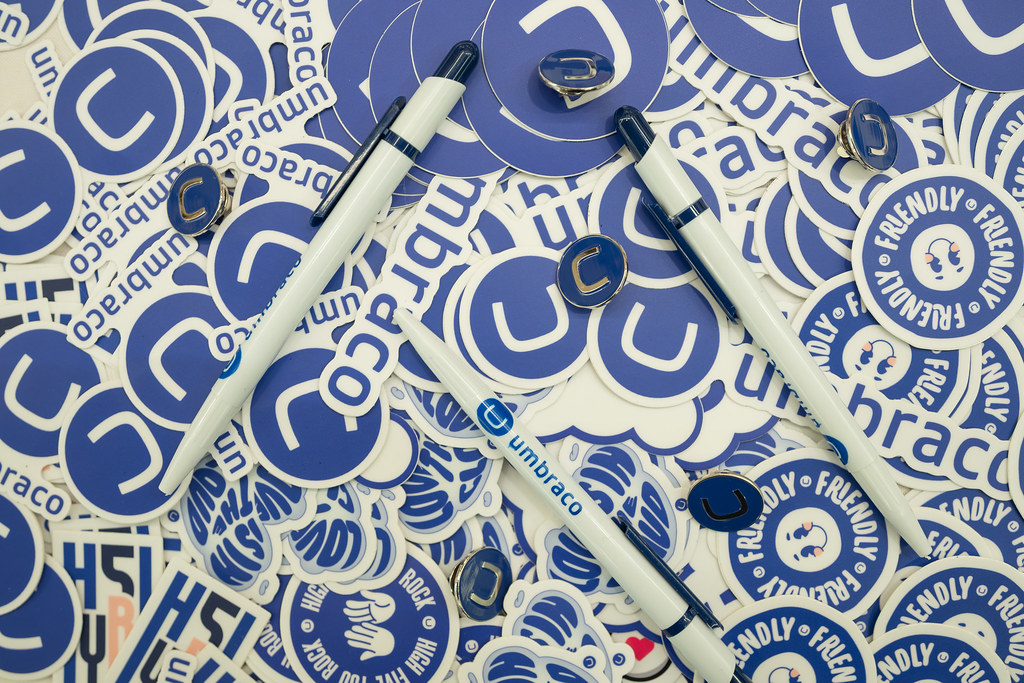Each year, the Umbraco US Festival brings together developers, designers, and digital leaders who share one common thread: a deep appreciation for open source and the freedom to build better. This year’s event in Chicago offered plenty to talk about — from AI-assisted development to ways agencies like ours can enhance user experiences for both end users and content admins.
To capture a full range of Lightburn perspectives, we sat down with the team that attended Umbraco Fest 2025 — Nora Lahl (COO & Partner), Colleen Campbell (Director of Client Strategy), Stacy Hannemann (Director of Production), Steve Kaufman (Lead Front-End Developer), and Keith Donnell (Lead Back-End Developer) — to hear what inspired them most and what they’re excited to bring back to Lightburn’s client projects.
What was the most exciting thing you learned about or got to experience while at the 2025 Umbraco US Festival?
Nora: Best part of the event was connecting with other agency leaders who are using Umbraco. We tend to have a lot in common since we value what Umbraco has to offer, so comparing notes with them was great.
Keith: The best part of any conference is connecting with new people and exchanging ideas. You think you’ve seen it all, then someone shows you a code sample or workflow you’ve never considered before. Those small moments of discovery, where you learn something unexpected, are what make events like this worthwhile.
Stacy: I realized that we're underutilizing the marketplace. There are a lot of reputable packages by knowledgable Umbraco developers that make our lives easier. Cutting down on custom work by leveraging the true essence of open source is the goal! There was also a special focus placed on the admin UX and ways we can enhance that piece of our projects.
Steve: The Block Preview package is going to be a game-changer. It simplifies how we handle blocks in the back office, cutting down on the extra effort we’d normally spend building out preview states. It's simple and effective.
Were there any features or enhancements on Umbraco's product roadmap that you learned and are exited to implement in the future?
Nora: Umbraco Compose looks really promising. It means Umbraco will be a strong fit for even more complex client needs. Seeing the direction they’re heading in just reinforces how flexible and future-focused the platform continues to be.
Colleen: I think there's a lot to be excited about, especially with the release of the next LTS Umbraco 17 in November. Unveiling the Umbraco MCP Server has huge potential for our development workflows and client website management. I'm excited for the analytics insights it can help surface, and then the ability to update the site based on those insights using natural language prompts.
Keith: The introduction of MCP piqued my interest the most. I'm excited to start exploring and testing at a deeper level. It's definitely part of the roadmap to watch closely.
Did you learn about any tips or trends around DXP's that you felt was impactful or able to be implemented by Lightburn?
Nora: We got some great inspiration around ways to design the admin side of Umbraco to be more user friendly. Admins are one of the key users to consider when developing a site, so these new ideas for enhancing their experience will only improve our offering. For instance, we can customize the dashboard in Umbraco to make it more user friendly than the default settings.
Keith: I found out someone created a "Package Script Writer" for Umbraco packages. If we determine a standard set of packages for Umbraco projects, this tool will allow you to select these packages and generate the command-line scripts to create a new Umbraco project with the selected packages installed. In addition, once you've selected all of the packages, you can bookmark the URL to "save" your package selection for re-use in future projects.
Stacy: There was a great talk about Umbraco Engage and personalization that really hit home. It wasn’t just about the technology — it was about the process. The speaker broke down how to set measurable goals, evaluate success, and roadmap realistically using the 80/20 principle. It aligned with how we already think about personalization at Lightburn, but it also gave us a few new tactics to strengthen that strategy.
What shifts in content management, development, or design should clients be paying attention to?
Nora: AI — it’s impossible to ignore. But the right approach is “trust yet verify.” These tools are powerful, but they still need oversight from experienced developers and strategists. Used thoughtfully, AI can absolutely improve workflows and features, but human expertise will continue to make the difference between “good enough” and great.
What’s one idea or practice from the festival that could directly benefit our clients?
Nora: I think our team being as plugged in as possible to what's coming is going to mean we can recommend the best possible solutions. Umbraco keeps coming out with great features and packages that we want to make sure we're using whenever they make sense.
Keith: Nora’s talk about cleaning and purging content that no longer reflects your brand or messaging really stood out. It’s something every organization should do regularly — keeping your content strategy fresh and focused ensures users only encounter the most relevant, accurate information.
Any tools, tips, or best practices you’re eager to bring back to future projects?
Nora: Some of our clients struggle to justify the budget for personalization and A/B testing. The talk that our friend Joe from Blend Interactive gave provided a strong framework for making the case for investing in these tools.
Colleen: One of the best things about Umbraco is the developer community, including the packages developed and available in the Umbraco Marketplace. Jen Wolke gave a great tour of some of their favorite packages including the SEO Toolkit and Accessibility Reporter that I anticipate Lightburn incorporating in current client sites and future projects. We also learned some tricks about how to customize the login and admin dashboard screens which sparked some cool ideas about how to make custom documentation and training resources we create more accessible within the CMS itself.
Keith: We got introduced to a lot of plugins, such as SEO Toolkit that will be valuable for all of our projects. SEO Toolkit is the main one that caught my attention because it supports creation of a dynamic sitemap.xml, and it is fully configurable as to which page types are included, etc. Steve and I also attended a session on Tag Helpers, which really opened our eyes on how those can be used to clean up some of the common logic that ends up in our templates/views.
Steve: We discovered several packages that will save time and improve site performance. The SEO Toolkit stood out — it helps manage meta data, redirects, and sitemaps right from within Umbraco. Tools like that streamline setup and help maintain strong SEO foundations. We also explored accessibility and testing packages that make it easier to audit sites directly from the backoffice. It’s all about improving quality and efficiency without adding unnecessary complexity.
Closing Thoughts
Events like Umbraco US Festival remind us why we love working in this community. The open exchange of ideas, the shared commitment to continuous improvement, and the ever-evolving ecosystem keep pushing all of us forward.
We’re already weaving some of these insights into upcoming projects — making sure our clients benefit from the best tools, smarter strategies, and the collective energy that drives open-source innovation.
Want to learn how Lightburn can help you get the most out of Umbraco? Reach out today — we’d love to help you build something great.
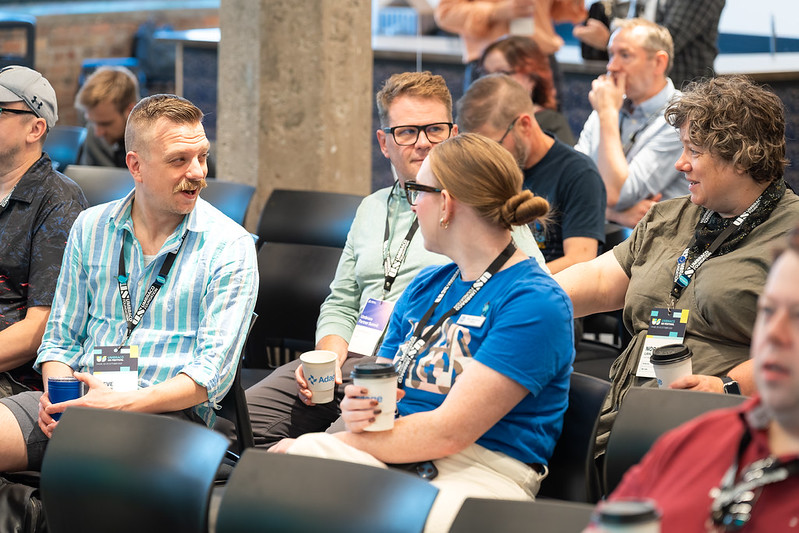.jpg)
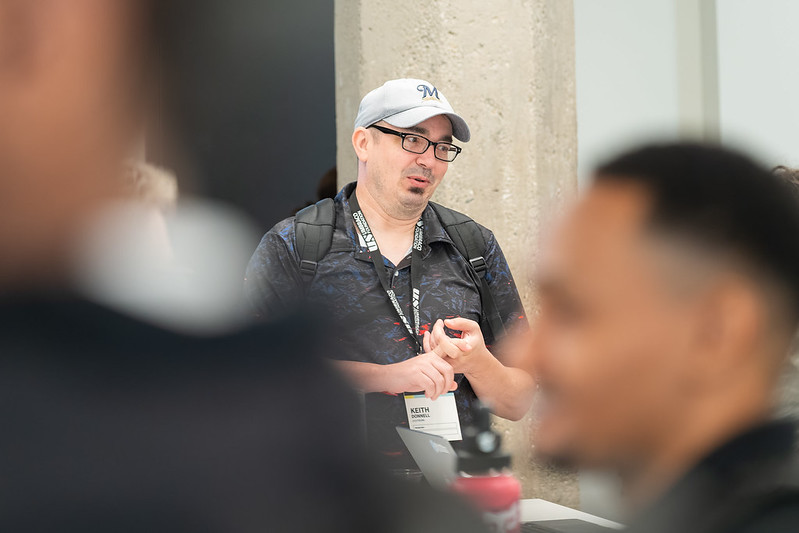
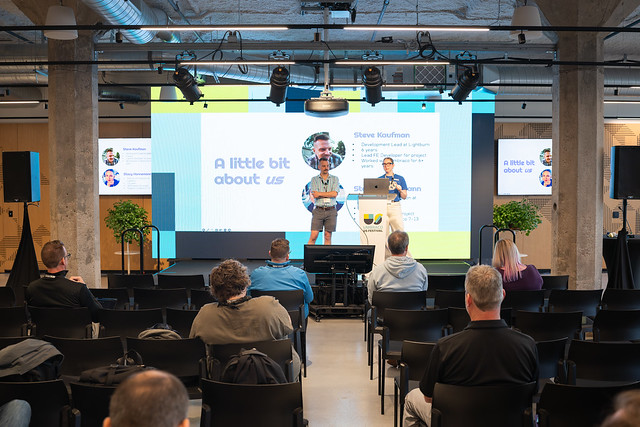
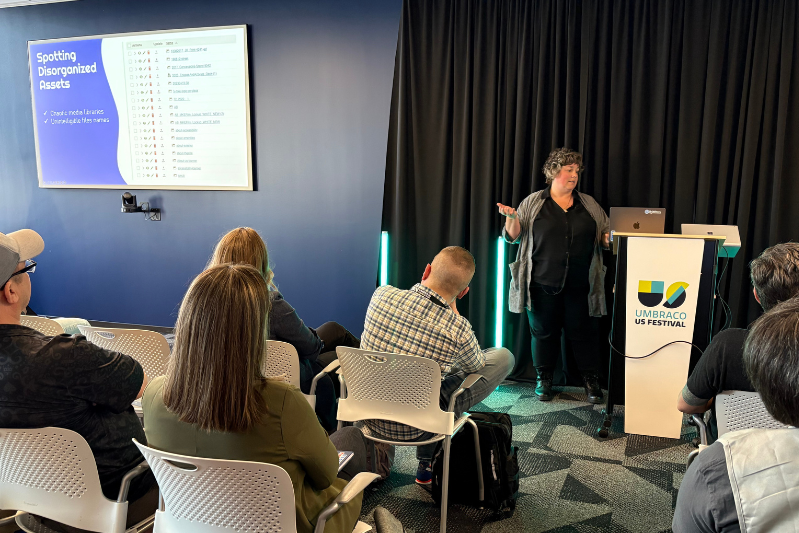.png)
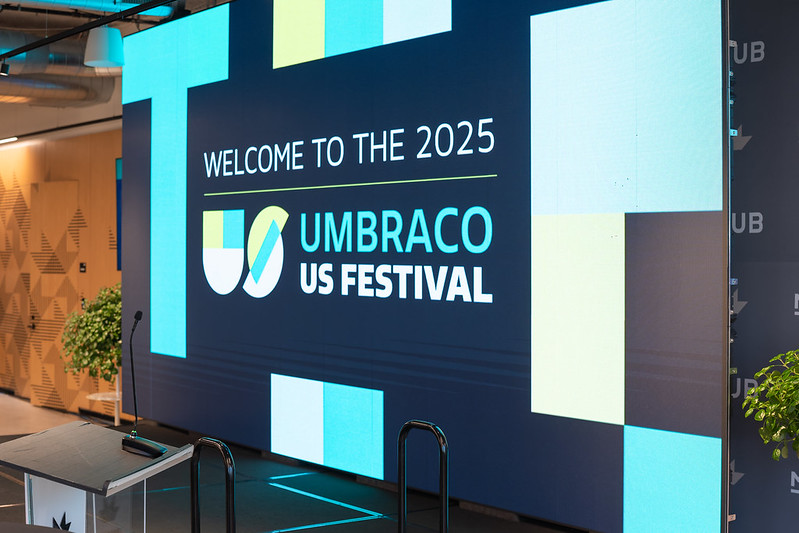.jpg)
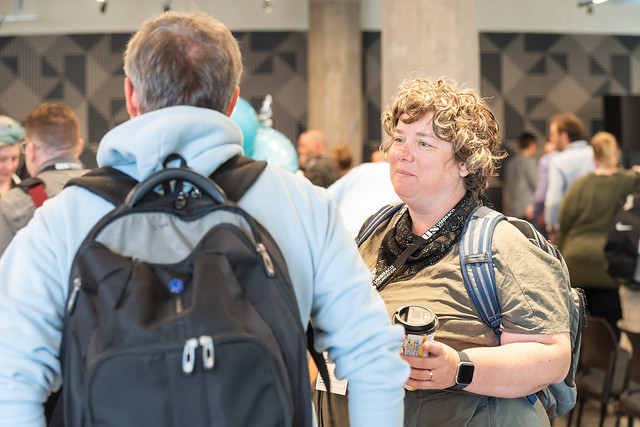.jpg)
